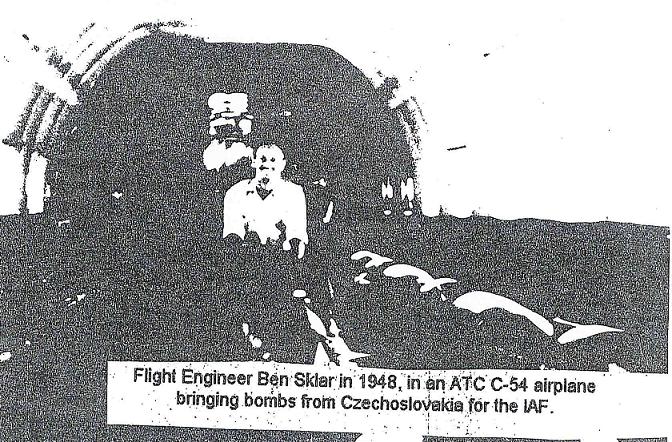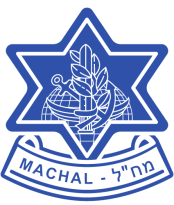
Ben Sklar was born in Phadelphia on 30th April 1921. He joined the U.S. Army in December 1941, soon after Pearl Harbor. He qualified as a Flight Engineer after training at the Lockheed Aircraft Factory School in Burbank, California, and the Flex Gunnery School in Kingman, Arizona.
In 1943 and 1944 Ben served with the 334th Bombing Squadron, completing 25 missions in the European air offensive and in the battles for Normandy and Northern France. He was awarded two Presidential citations: one after a raid against Munster on 10th October 1943, and another after a mission to Berlin on 4th March, 1944. In November 1943 Ben was awarded an Air Medal, which was subsequently augmented by three Oak Leaf Clusters.
In one of Ben’s early 1944 missions against the Germans, the bomb-doors of his B-17 remained stuck in an open position after the bombs were dropped. With its speed and stability consequently impaired, the B-17 would have become a sitting duck for enemy fighters but for Ben’s quick thinking and prompt action. Disregarding his personal safety he lowered himself into the open bomb-bay and with his bare hands managed to get the bomb-doors to close. This heroic action prompted a recommendation for the coveted Distinguished Flying Cross, which Ben was awarded in March 1944. The citation refers in part to his “courage, coolness, and skill” as a Ball Turret Gunner (B-17 battle-station for Flight Engineers) and of “fighting from his gun position” to ward-off “many enemy attacks.”
Ben was a highly qualified flight engineer and a dependable crew member of Air Transport Command’s C-54 and C-46 airplanes that brought desperately needed military supplies from Czechoslovakia in “Operation Balak.” He was with the Air Transport Command from the very early days and participated in all its important operations, including the crucial “Dustbowl” supply runs to Ruhama in September 1948, and bombing Egyptian targets during “Operation Horev” in December 1948 and January 1949.
Source: American & Canadian Veterans Newsletter.

